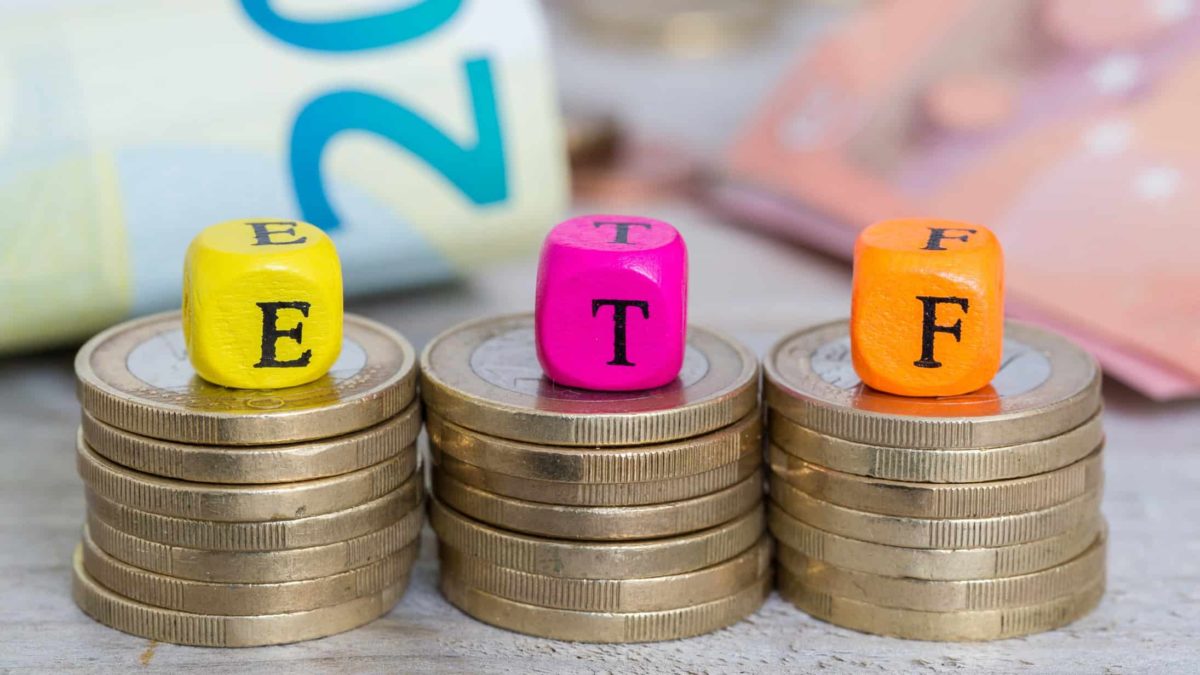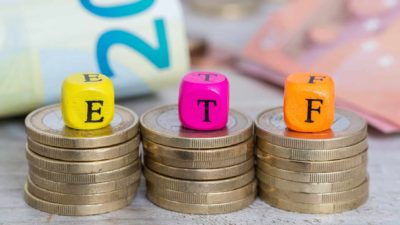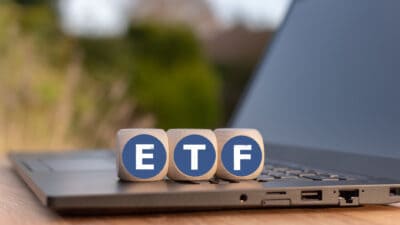The Vanguard Australian Shares Index ETF (ASX: VAS) is the largest exchange-traded fund (ETF) on the ASX, but it wouldn't be the first fund I'd buy for my own portfolio.
Don't get me wrong, there are quite a few good reasons to like the VAS ETF.
Vanguard Australian Shares Index ETF gives investors an easy way to invest in the Australian share market. It provides exposure to 300 businesses in a single investment, which is useful. It also has a very low annual management fee of just 0.07%, making it one of the cheapest on the ASX.
But it's not just all positives, in my opinion.
My misgivings about the VAS ETF
I have a few doubts about the fund as well.
Just over half of the portfolio is invested in ASX financial shares and ASX mining shares. Most of the exposure to those two segments comes from the biggest businesses of BHP Group Ltd (ASX: BHP), Commonwealth Bank of Australia (ASX: CBA), National Australia Bank Ltd (ASX: NAB), Westpac Banking Corp (ASX: WBC), ANZ Group Holdings Ltd (ASX: ANZ) and Macquarie Group Ltd (ASX: MQG).
Perhaps unsurprisingly, a relatively large amount of earnings generated by the VAS ETF companies comes from Australia (and New Zealand).
The ASX only accounts for around 2% of the global share market, so I believe it could be a mistake to allocate too much to Australia, particularly if investors want to grow their wealth as much as possible. Over the past five years, the VAS ETF has only returned an average of 7.5% per annum.
Past performance is not a reliable indicator of future performance, but over the long term, other funds have performed much better. Hence, I believe other ASX ETFs are set up to deliver better returns than the VAS ETF.
My preferred ASX ETF picks
I like the idea of choosing ASX ETFs that invest in the global share market, with a good weighting to some of the world's biggest and strongest businesses.
One of the easiest ways to get that global exposure is another Vanguard offering, the Vanguard MSCI Index International Shares ETF (ASX: VGS). This ASX ETF invests in over 1,000 businesses from various major economically developed countries across the world. With an annual management fee of 0.18%, I think it's good value. It provides exposure to names like Microsoft, Apple, Nvidia, Alphabet and Amazon and has returned an average of 13.1% per annum over the past five years.
Some investors may not want to own over 1,000 businesses in one investment. Instead, someone may only want to own the best companies.
VanEck MSCI International Quality ETF (ASX: QUAL) and Betashares Global Quality Leaders ETF (ASX: QLTY) are two of my favourite ASX ETFs, which own 300 and 150 businesses, respectively.
They rank businesses on a number of metrics, including return on equity (ROE), earnings stability and low debt levels.
At present, the QLTY ETF's largest holdings (with weightings of less than 2.5%) are Roche, Adobe, and Unitedhealth. Over the last five years, it has returned an average of 14.2% per annum.
QUAL ETF's largest holdings are currently Apple, Nvidia and Meta Platforms. Over the past five years, it has returned an average of 16.8%.
Of course, past performance of these funds is not guaranteed for the short-term or long-term.
The best financial metrics may not necessarily translate into the best returns, but I think the ASX ETFs I mentioned above have a good chance of beating the VAS ETF.








